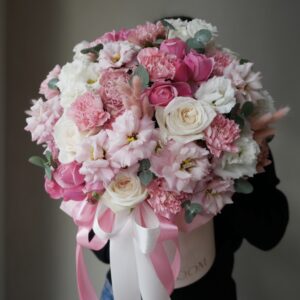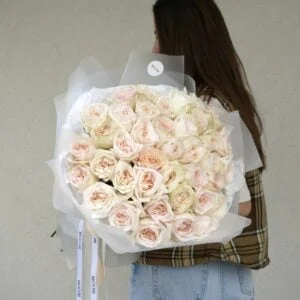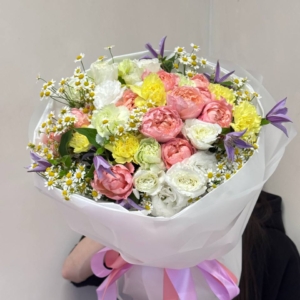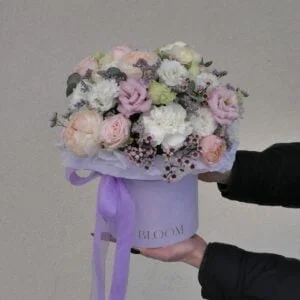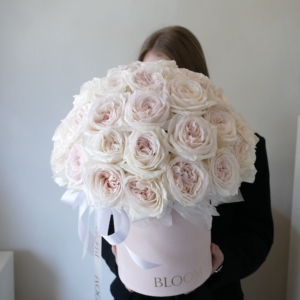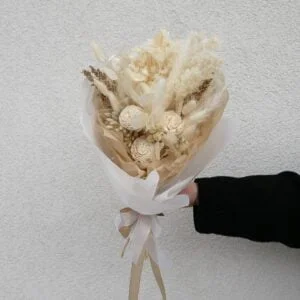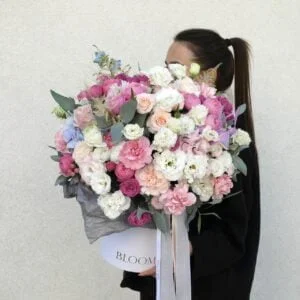The Language of Flowers: A History Through Time
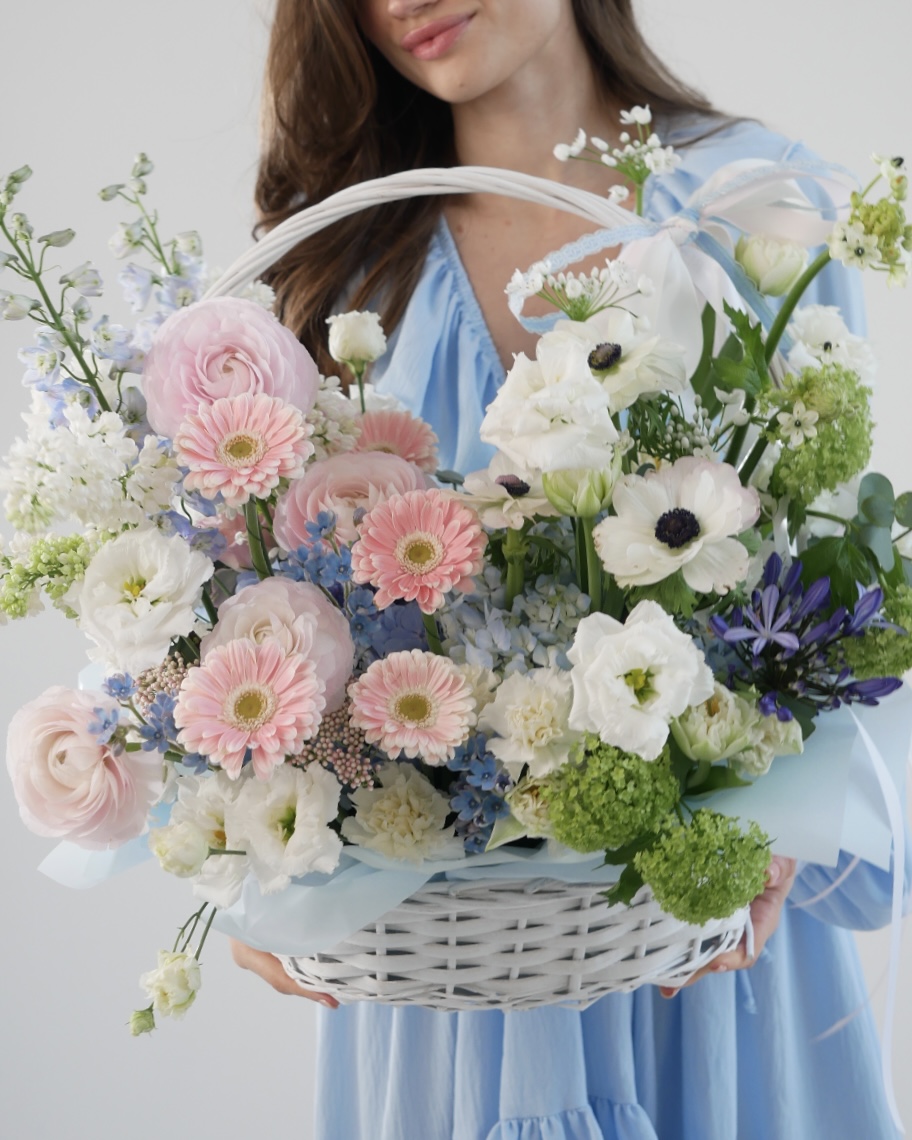
Have you ever wondered how the language of colors can express emotions with poetic precision and where the history of associations inherent in colors originates? In this article, we will delve into the complex relationship between colors and human feelings. What is so special about certain colors that evoke love, joy or nostalgia?
Flowering in ancient civilizations:
In ancient cultures such as those of Egypt, Greece, and Rome, flowers held significance far beyond their natural form. They were deeply intertwined with mythology, spirituality, and ceremonial traditions — often serving as sacred emblems imbued with symbolic power.
The ancient Egyptians, for instance, revered the lotus not merely as a flower but as a powerful spiritual symbol. With its delicate structure and harmonious design, the lotus embodied ideals of purity and transcendence. Each morning, as it unfolded upon the waters of the Nile, it mirrored the rising sun — a gesture interpreted as a divine metaphor for creation, renewal, and eternal life.
Cultural Symphony:
In addition to their outward appeal, flowers carry cultural significance. For example, the Japanese language of flowers known as Hanakotoba originated during the Heian period (794-1185). This practice gave different colors special meaning, allowing people to communicate their feelings through carefully chosen flowers. The meanings of the flowers came from their appearance, blooming cycle, and fragrance.
The delicate color of the cherry tree is deeply connected to the ancient samurai warriors, as it is a reflection of their fast-paced lives. The understanding that samurai must live life brilliantly and die can be correlated with cherry blossoms, which look magnificent at the peak of their bloom and fade quickly afterward.
Symbols in the Renaissance:
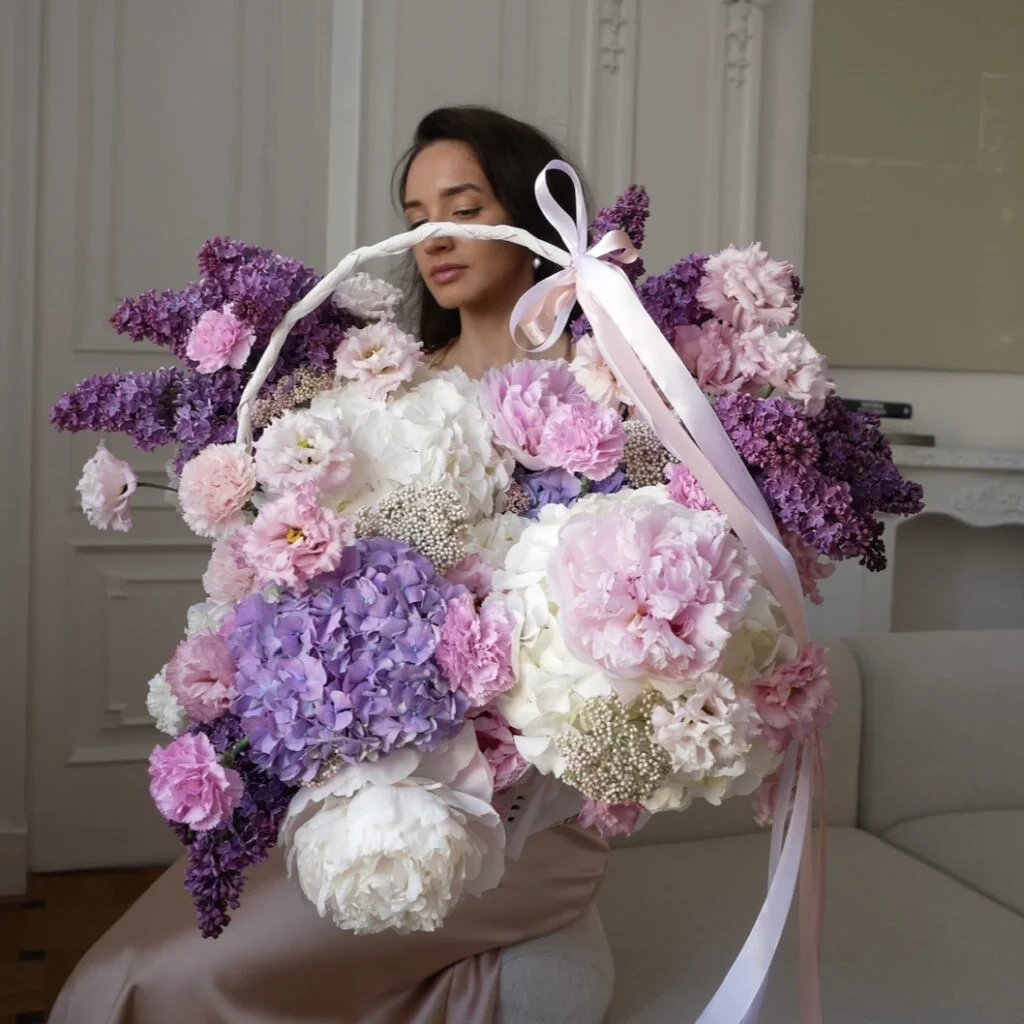
The Renaissance era, characterized by the revival of art and education, witnessed the emergence of floral symbolism as a powerful means of expressing feelings. The gardens that flourished during this period were not just physical spaces, but repositories of artistic inspiration, where each flower had a meaning beyond its botanical existence.
Beyond its role in art, the symbolic allure of flowers extended to everyday life, shaping customs, rituals, and even social interactions. Bouquets have become not just expressions of beauty, but complex arrangements filled with meaning, conveying messages of courtship, mourning, or celebration. The language of flowers, known as floriography, has gained prominence, allowing people to express their feelings in a subtle and sophisticated way.
The subtle interplay of colors, shapes, and scents became a delicate language, a code that communicated feelings. Roses with their complex layers of meaning became symbols of love, beauty, and passion, while other flowers such as lilies carried their unique meanings.
Wealth of the Ottoman Empire:
The Ottoman Empire, known for its grandeur and cultural wealth, experienced a botanical renaissance during the Tulip Age (1718-1730), an era that transcended the usual boundaries of horticulture. Gardens adorned with tulips became veritable sanctuaries of aesthetic sophistication, where each petal was meticulously crafted not only for its visual splendor but also for the intricate language it spoke.
In the Ottoman context, tulips transcended the status of ordinary flowers and acquired a symbolic resonance that resonated deeply with the cultural ethos. Each variety of tulip had a special meaning, creating a subtle vocabulary to express feelings beyond the spoken or written word. From declarations of love to displays of political power, the tulip became a universal emblem woven into the fabric of Ottoman identity.
Victorian expression of sentiment:
The Victorian era witnessed an extensive systematization of flower meanings, for example, the book The Language of Flowers by Kate Greenaway, provided a detailed dictionary for enthusiasts. A study of historical documents, letters, and literature reveals the prevalence of floriography (the language of flowers) as a cultural phenomenon during this period. In this delicate and sophisticated language, each flower carried a specific message, allowing people to communicate feelings and thoughts that often went unspoken.
Violets with their delicate violet hues, chamomiles with their innocent charm, and roses in their myriad colors were the main characters in this silent drama of floral communication. Each flower had a special meaning, be it an expression of love, friendship, sympathy or even veiled rejection. The deliberate choice and arrangement of flowers became a sophisticated art form, and bouquets became intricate messages carefully crafted to convey the unspoken.
Cultural revitalization in the 20th century:
In an era of industrialization, urbanization, and environmental concerns, the symbolic language of flowers has become a bridge between humanity and the natural world. The intentional use of floral symbolism has become a means of expressing reverence for nature, awakening a sense of ecological awareness, and recognizing the deep interdependence between people and the environment.
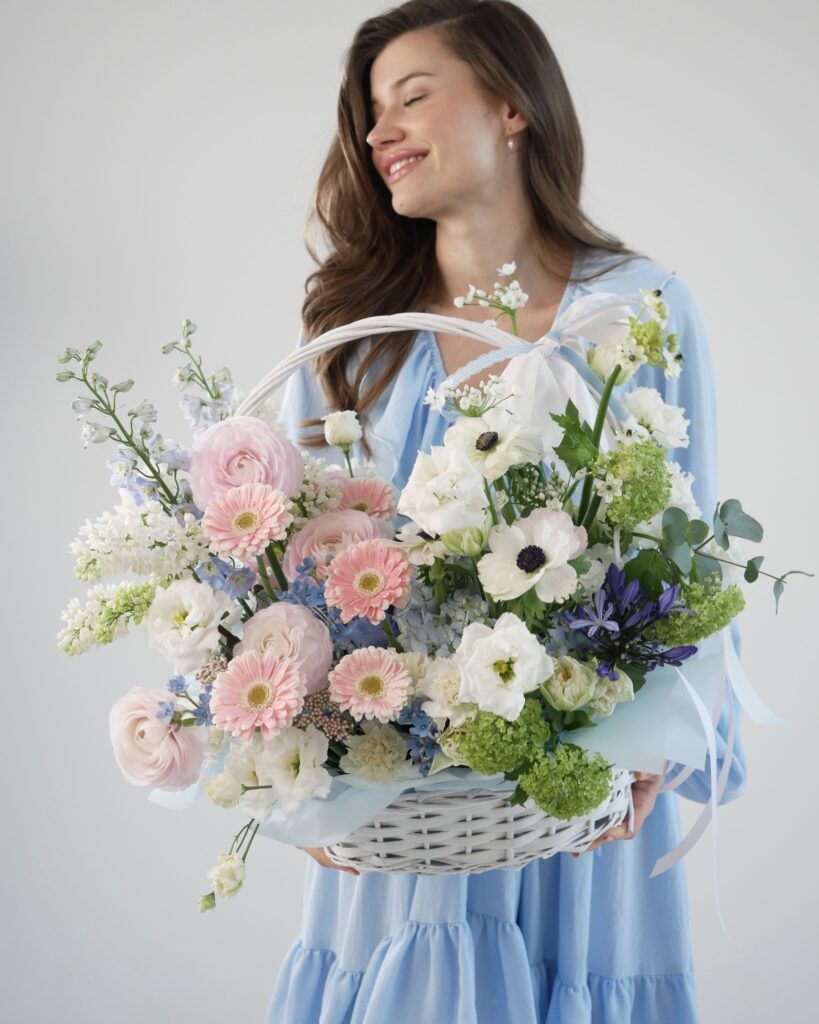
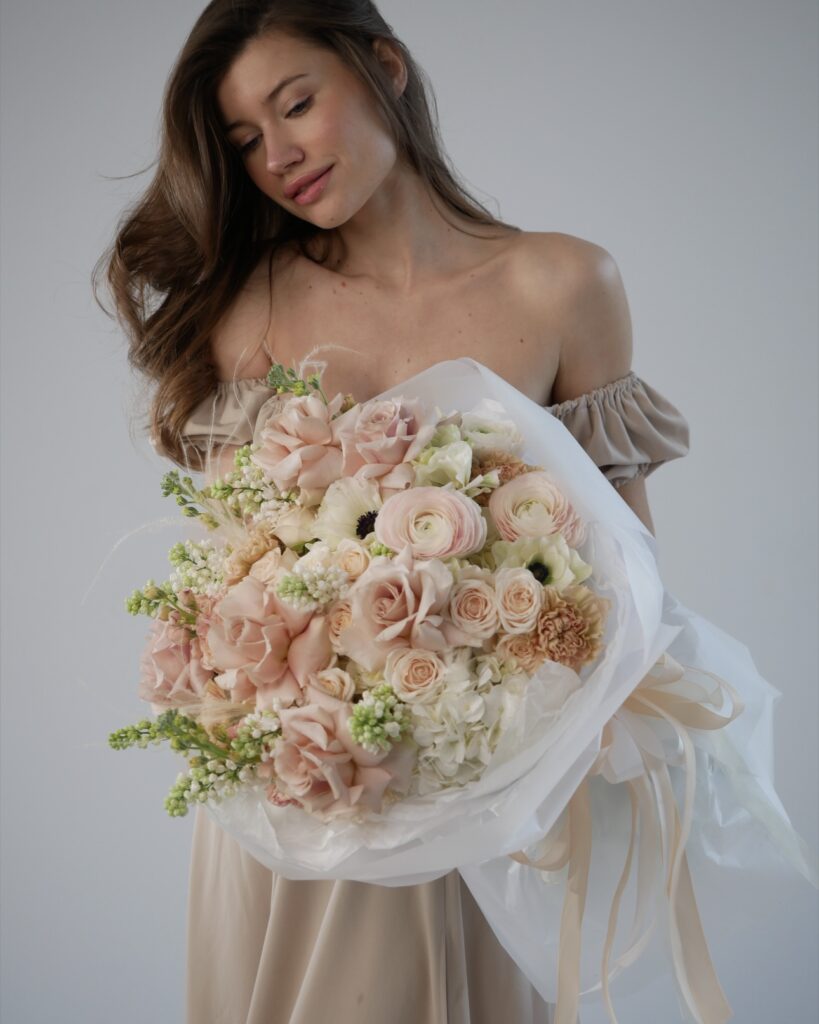
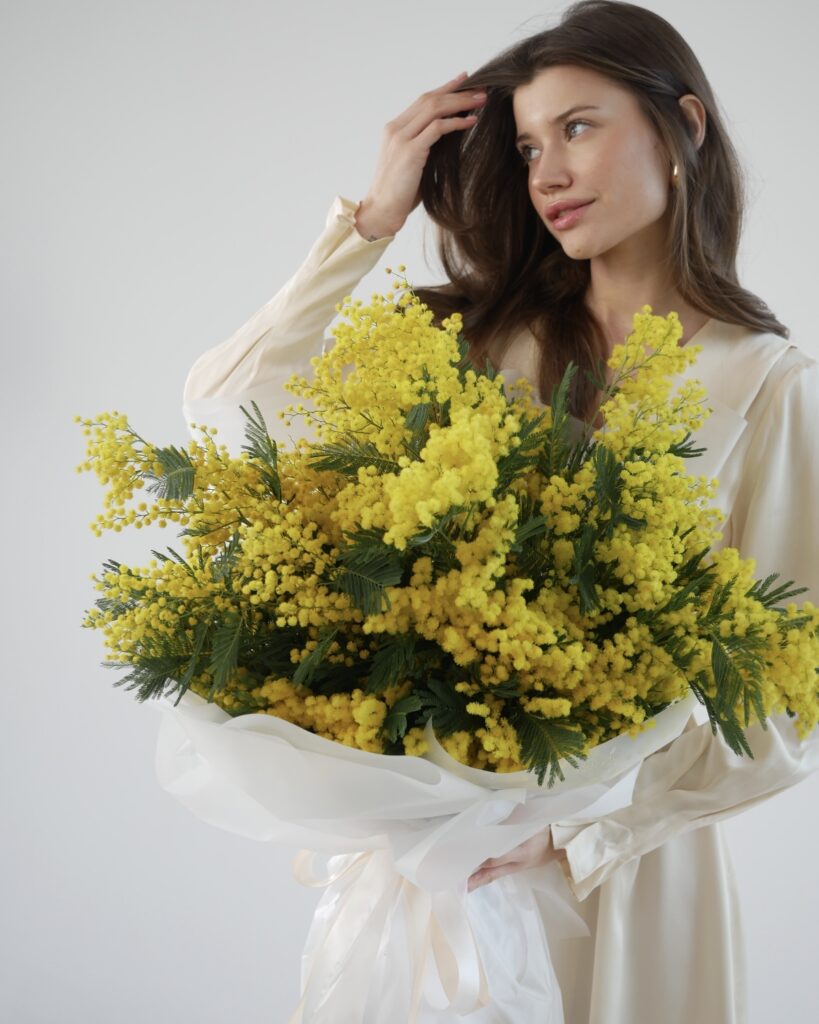
Faced with change, people have sought a connection to timeless traditions that transcend the commonplace and modern trends. Flowers, with their ancient symbolism and universal appeal, have provided a tangible link to the past, offering a language that resonates with feelings that are often difficult to express in the face of modern complexities.
The revival of floral symbolism in the 20th century was evidence of a multifaceted cultural renaissance in which the language of flowers flourished again, intertwining with broader currents of tradition, understanding of nature, and symbolism. This revival not only rekindled a timeless connection to the past but also shed light on the timeless power of flowers as messengers of the senses, transcending the boundaries of time and social evolution.
It is worth noting that flowers are, first and foremost, carriers of personal stories. Each flower can hold a memory, commemorate an event, or symbolize a cherished relationship. The emotional associations we form with specific flowers are as varied as the stories they carry, adding a personal touch to the universal language of flowers.
Flower delivery in Warsaw will be a vivid reminder of the eternal tradition of expressing love through the exquisite creations of nature. Flowers, carefully selected and thoughtfully arranged, serve as conduits of love, friendship, or sympathy, depending on the occasion. The Bloom Flowers team always strives to share the importance of these connections with you!
Author: Ksenia Troian
